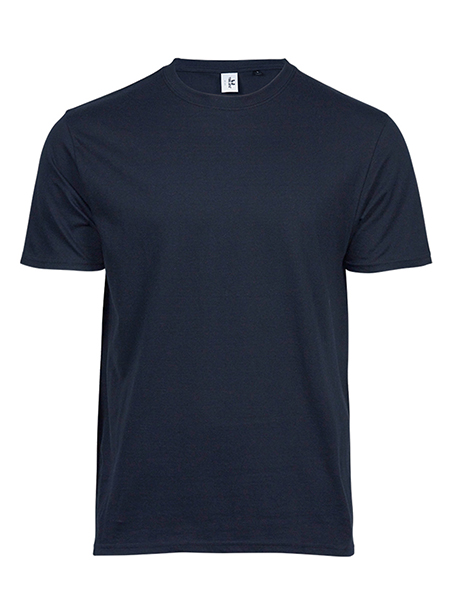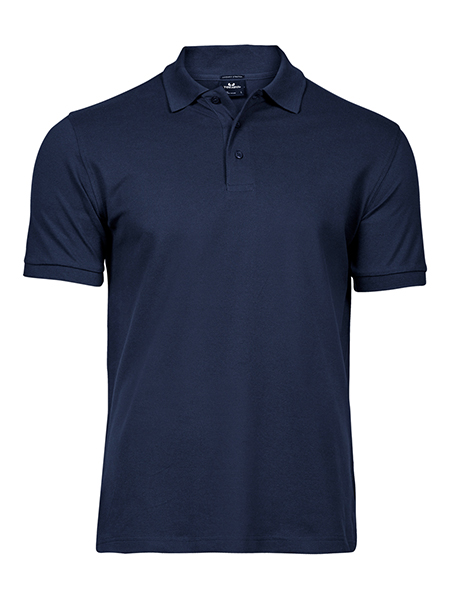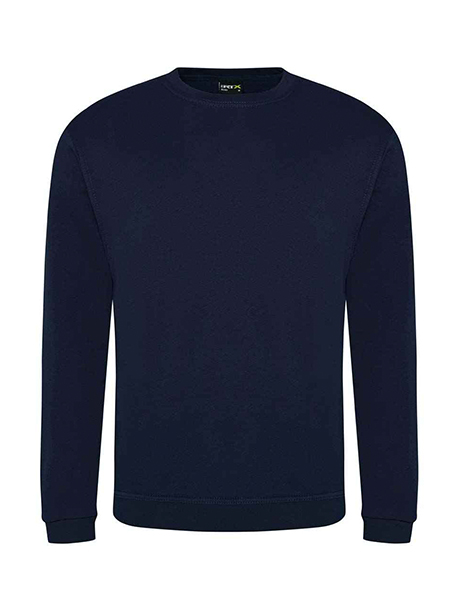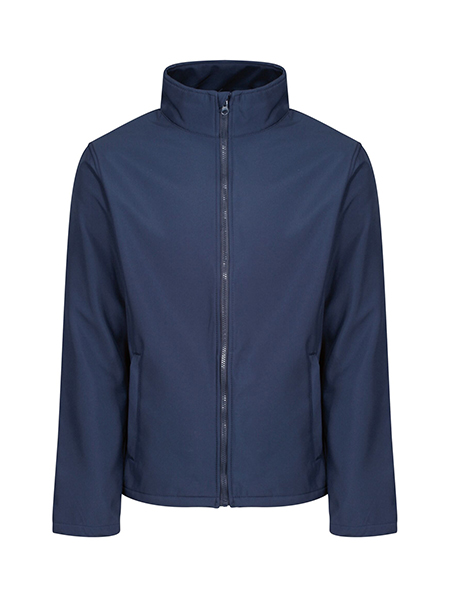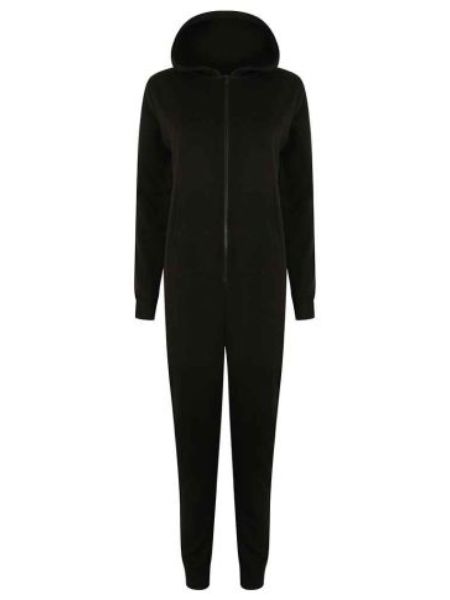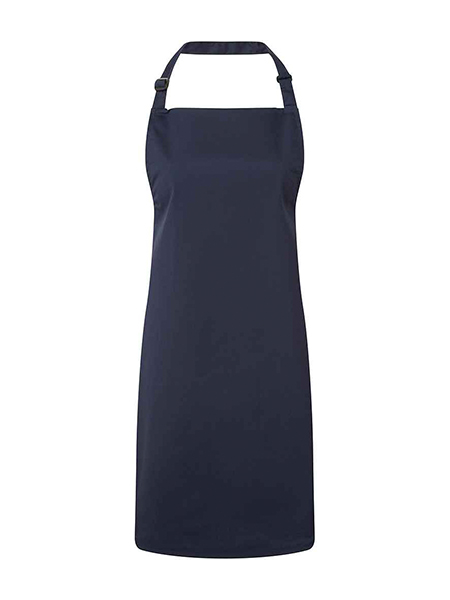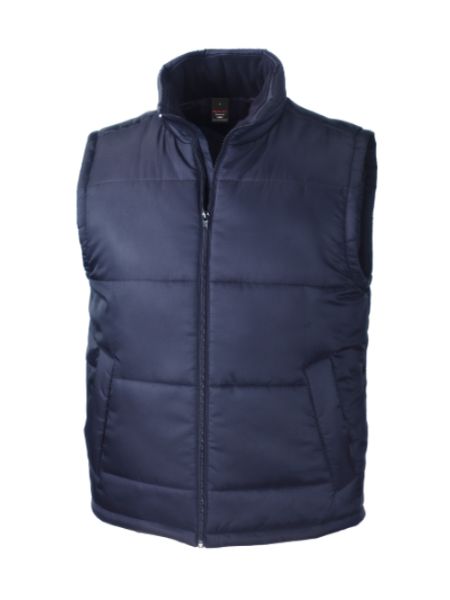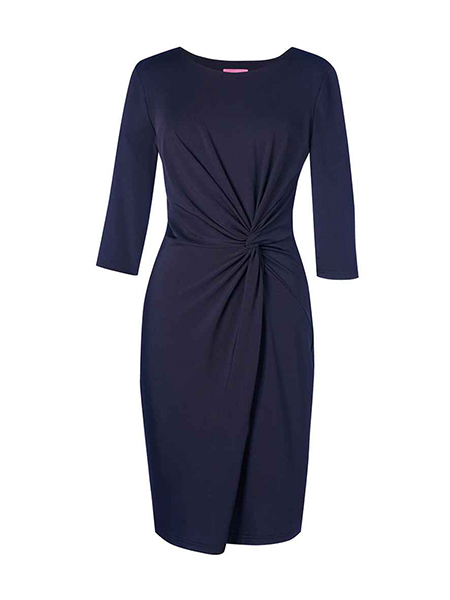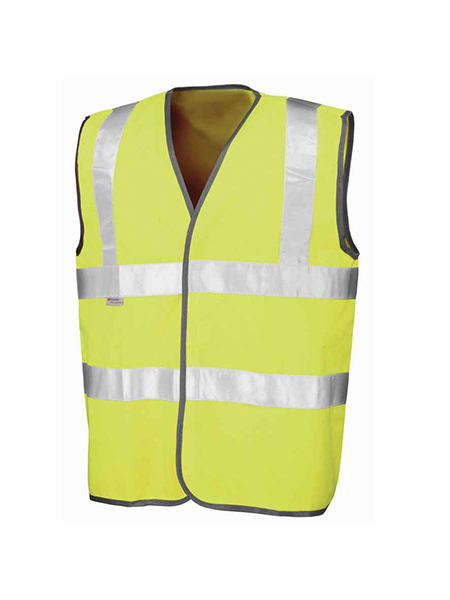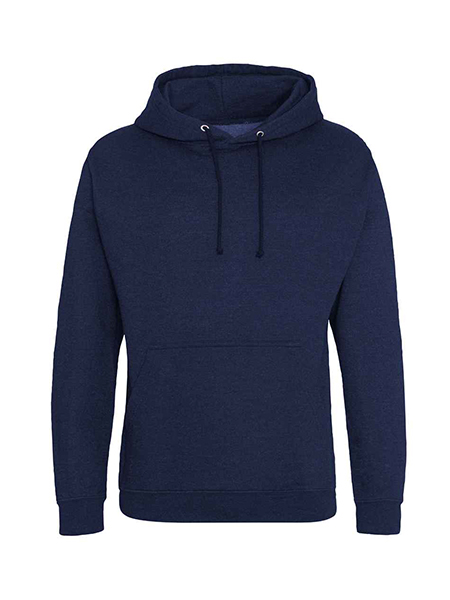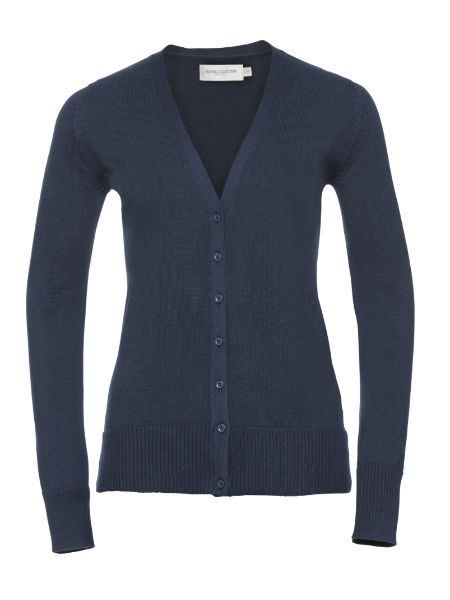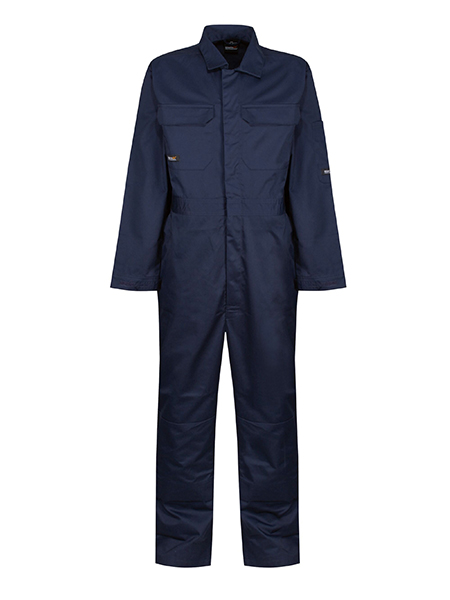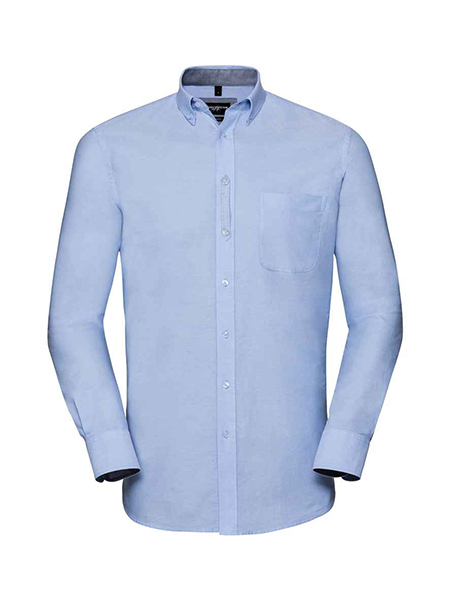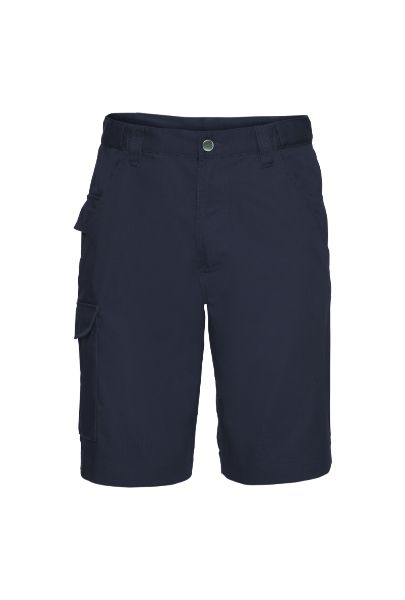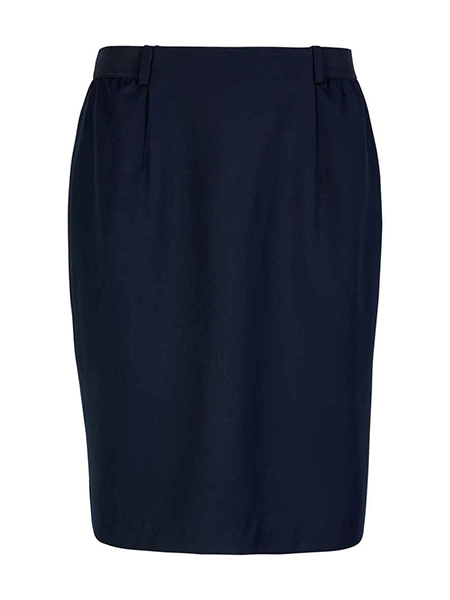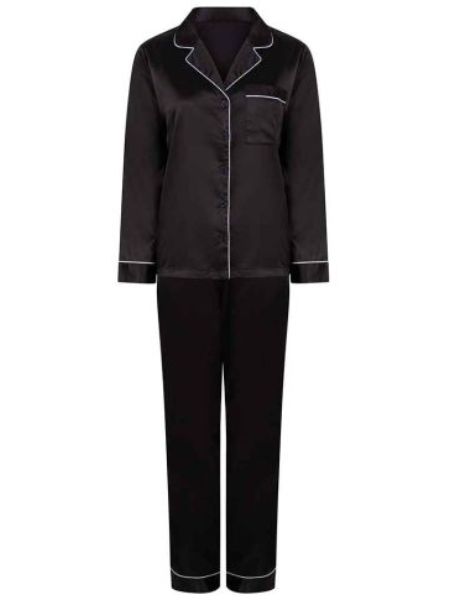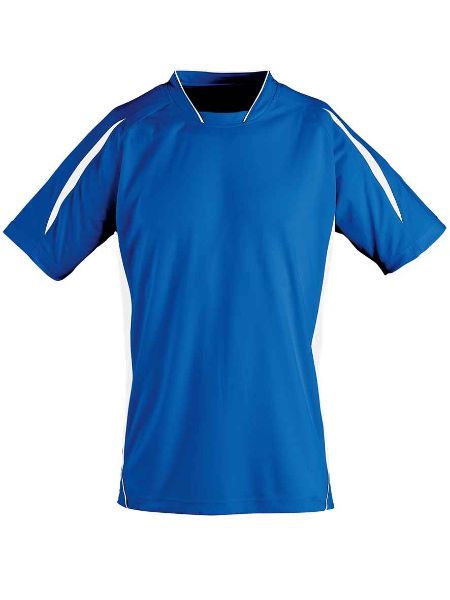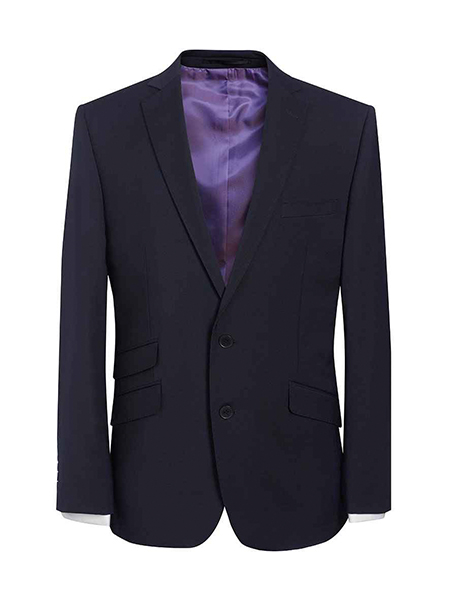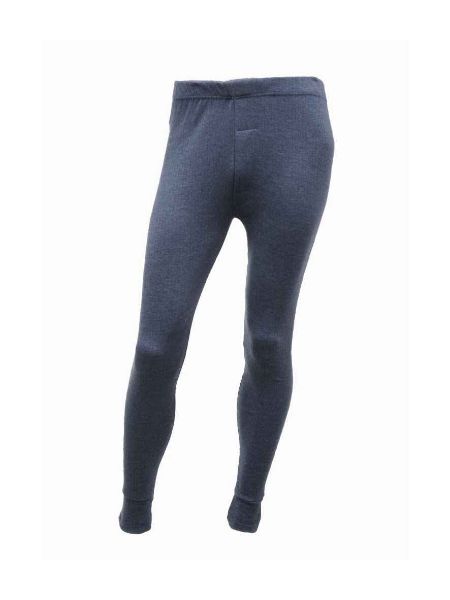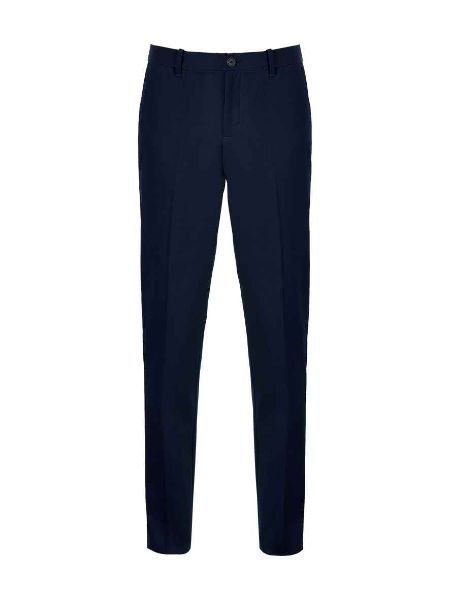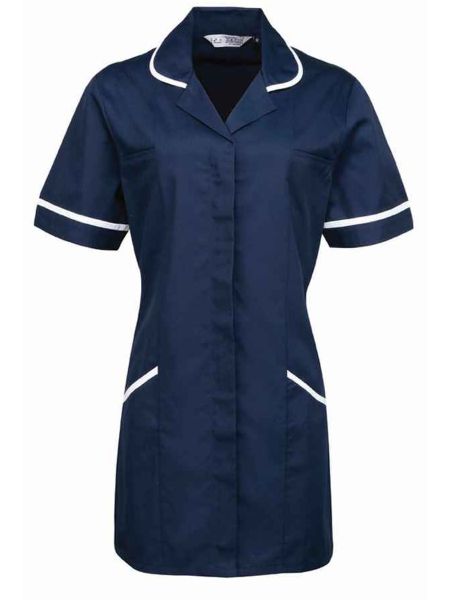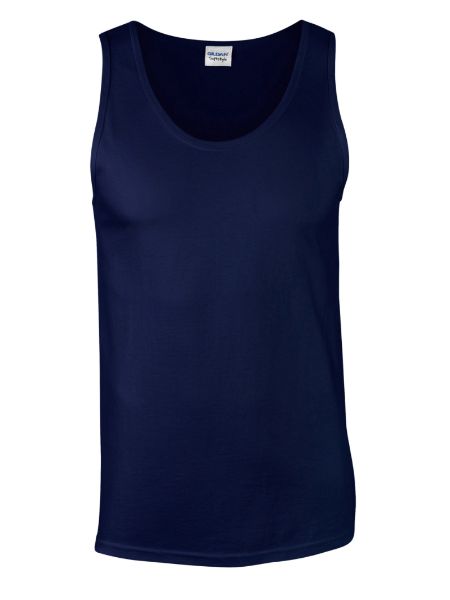Workwear and work uniforms are essential components of professional identity and safety across various industries. More than just clothing, they embody practicality, safety, and unity within the workplace. Workwear, designed to meet the demands of specific roles, ensures employee safety in hazardous environments like construction and healthcare. Flame-resistant attire, hard hats, and high-visibility vests exemplify workwear's role in mitigating risks and enhancing occupational safety. Uniforms foster team cohesion and easy identification, reinforcing a sense of belonging and professionalism. These garments, displaying custom logos and colours, serve as branding tools, particularly in customer-oriented sectors, where employees double as brand ambassadors. The evolution of workwear aligns with inclusive workplace values. Employers recognise the need for comfortable, gender-inclusive options catering to diverse needs. From different sizes to cultural considerations, adaptable workwear prioritises both safety and individuality. Workwear goes beyond attire; it signifies shared purpose and corporate identity. It ensures employees' safety while enhancing professionalism, unity, and brand representation. In a constantly evolving professional landscape, innovative and customised workwear remains pivotal in creating safer, more inclusive, and efficient workplaces.
-
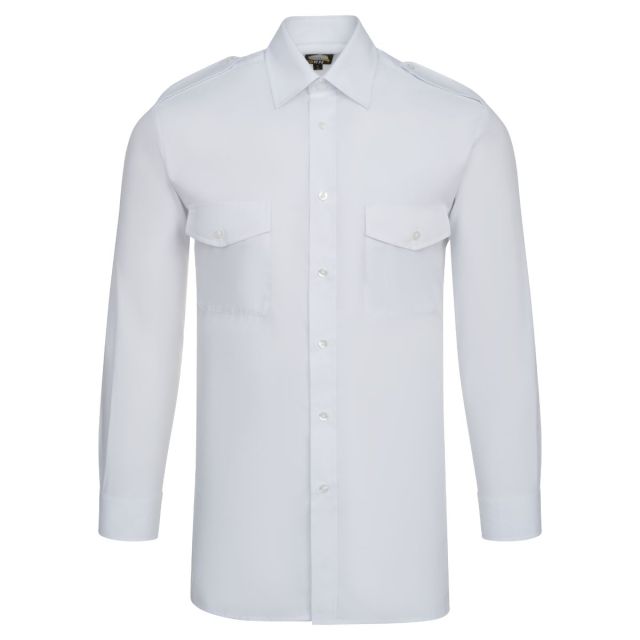 Add Your Logo
Add Your Logo
ORN Essential LS Pilot Shirt
Tier Price Exc. VAT Inc. VAT Saving 1-9 £20.32 £16.93 - 10-99 £16.22 £13.52 20% 100+ £15.26 £12.72 25% -
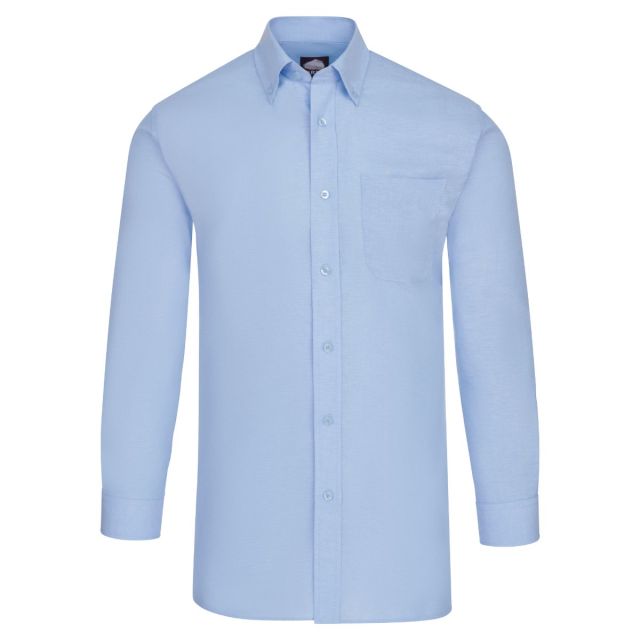 Add Your Logo
Add Your Logo
ORN Classic Oxford LS Shirt
Tier Price Exc. VAT Inc. VAT Saving 1-9 £21.98 £18.32 - 10-99 £17.54 £14.62 20% 100+ £16.51 £13.76 25% -
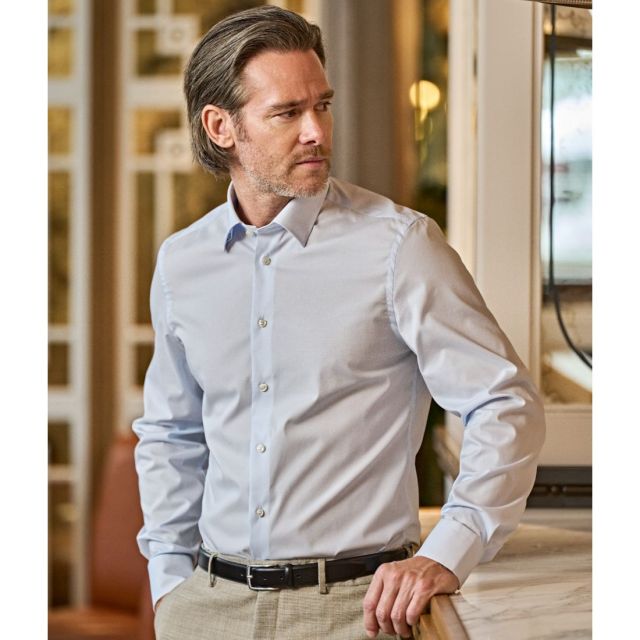 Add Your Logo
Add Your Logo
Tee Jays Mens Stretch Luxury Shirt
Tier Price Exc. VAT Inc. VAT Saving 1-9 £82.94 £69.12 - 10-99 £66.20 £55.17 20% 100+ £62.30 £51.92 25% -
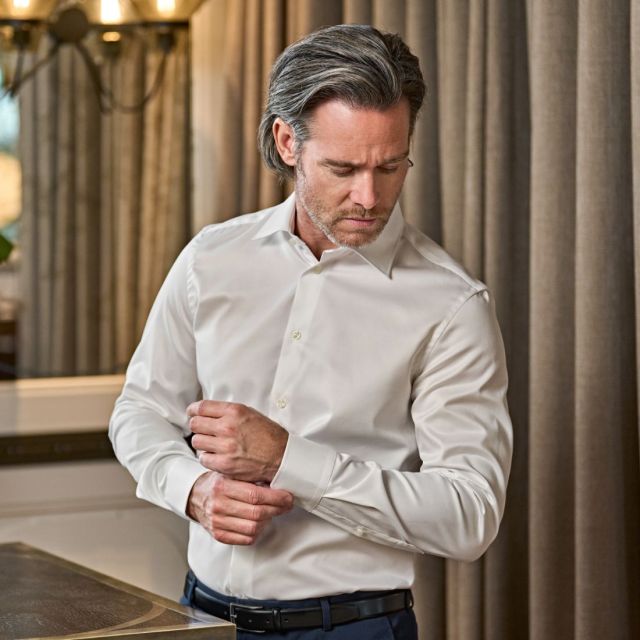 Add Your Logo
Add Your Logo
Tee Jays Mens Luxury Slim Fit Shirt
Tier Price Exc. VAT Inc. VAT Saving 1-9 £82.94 £69.12 - 10-99 £66.20 £55.17 20% 100+ £62.30 £51.92 25% -
 Add Your Logo
Add Your Logo
Tee Jays Mens Luxury Shirt Comfort Fit
Tier Price Exc. VAT Inc. VAT Saving 1-9 £84.99 £70.82 - 10-99 £67.83 £56.53 20% 100+ £63.84 £53.20 25% -
 Add Your Logo
Add Your Logo
Tee Jays Mens Casual Twill Shirt
Tier Price Exc. VAT Inc. VAT Saving 1-9 £89.46 £74.55 - 10-99 £71.40 £59.50 20% 100+ £67.20 £56.00 25% -
 Add Your Logo
Add Your Logo
Tee Jays Mens Perfect Oxford Shirt
Tier Price Exc. VAT Inc. VAT Saving 1-9 £75.91 £63.26 - 10-99 £60.59 £50.49 20% 100+ £57.02 £47.52 25% -
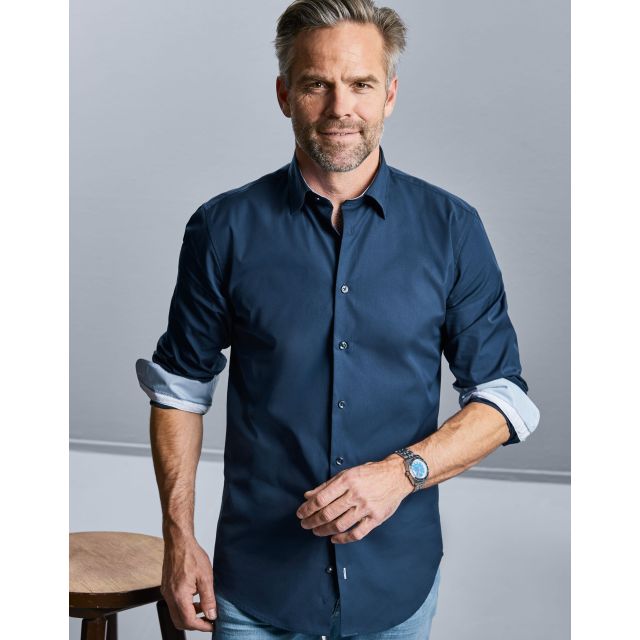 Add Your Logo
Add Your Logo
Russell Collection Mens Long Sleeve Tailored Contrast Ultimate Stretch Shirt
Tier Price Exc. VAT Inc. VAT Saving 1-9 £43.04 £35.87 - 10-99 £34.35 £28.63 20% 100+ £32.33 £26.94 25% -
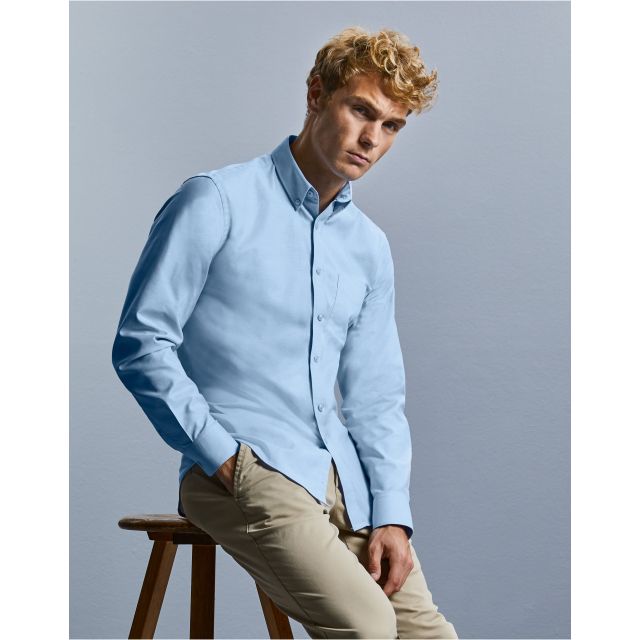 Add Your Logo
Add Your Logo
Russell Collection Mens Long Sleeve Tailored Button-Down Oxford Shirt
Tier Price Exc. VAT Inc. VAT Saving 1-9 £33.13 £27.60 - 10-99 £26.44 £22.03 20% 100+ £24.88 £20.74 25% -
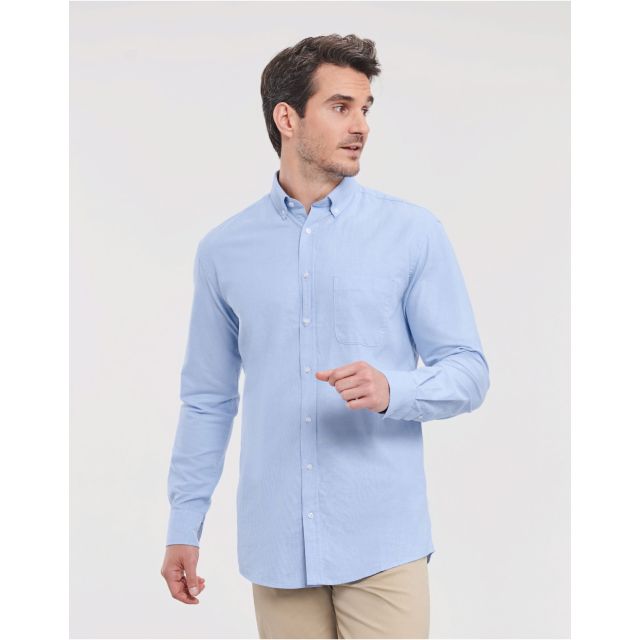 Add Your Logo
Add Your Logo
Russell Collection Mens Long Sleeve Tailored Washed Oxford Shirt
Tier Price Exc. VAT Inc. VAT Saving 1-9 £40.64 £33.87 - 10-99 £32.44 £27.03 20% 100+ £30.53 £25.44 25% -
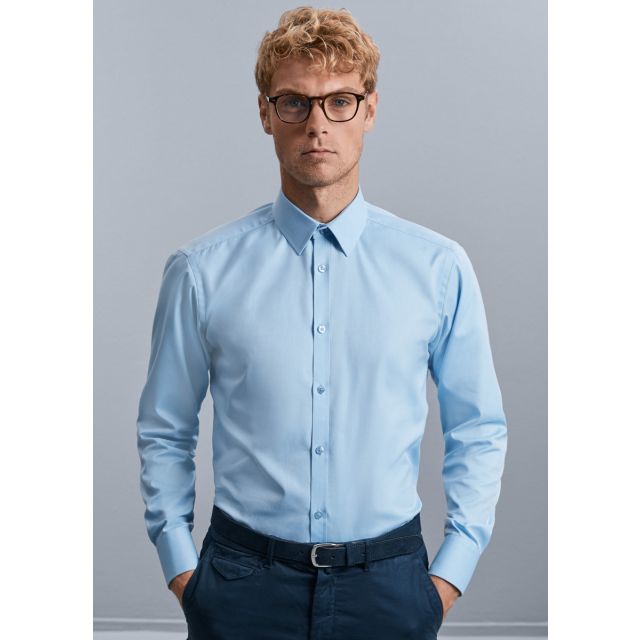 Add Your Logo
Add Your Logo
Russell Collection Mens Long Sleeve Tailored Herringbone Shirt
Tier Price Exc. VAT Inc. VAT Saving 1-9 £41.71 £34.76 - 10-99 £33.29 £27.74 20% 100+ £31.33 £26.11 25% -
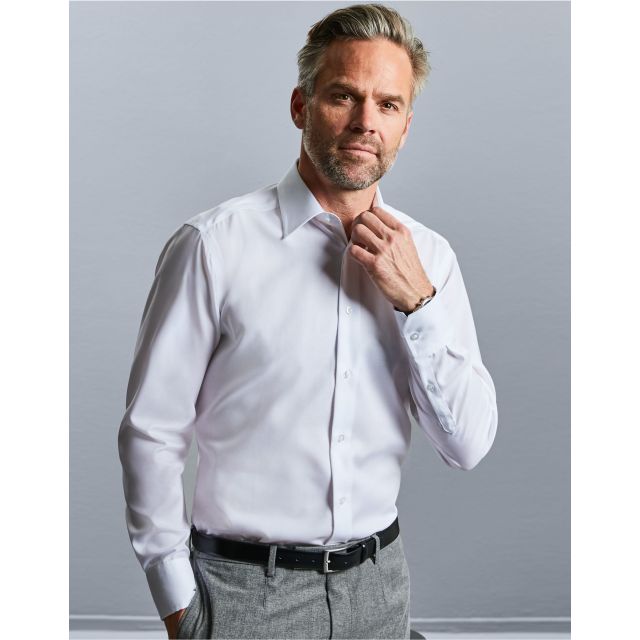 Add Your Logo
Add Your Logo
Russell Collection Mens Long Sleeve Tailored Ultimate Non-Iron Shirt
Tier Price Exc. VAT Inc. VAT Saving 1-9 £43.48 £36.23 - 10-99 £34.70 £28.92 20% 100+ £32.66 £27.22 25%







